京都工芸繊維大学とロンドン芸術大学が共同で提供するダブルディグリー修士課程プログラムGlobal Collaborative Design Practice(GCDP)の学生によるフィールドワークの成果を発表する展示が、京都工芸繊維大学キャンパス内の旧門衛所にて開催されます。本展では、京都府京丹後市の乗原を舞台に、人と土地の関係を見つめ直す5つのプロジェクトを紹介します。
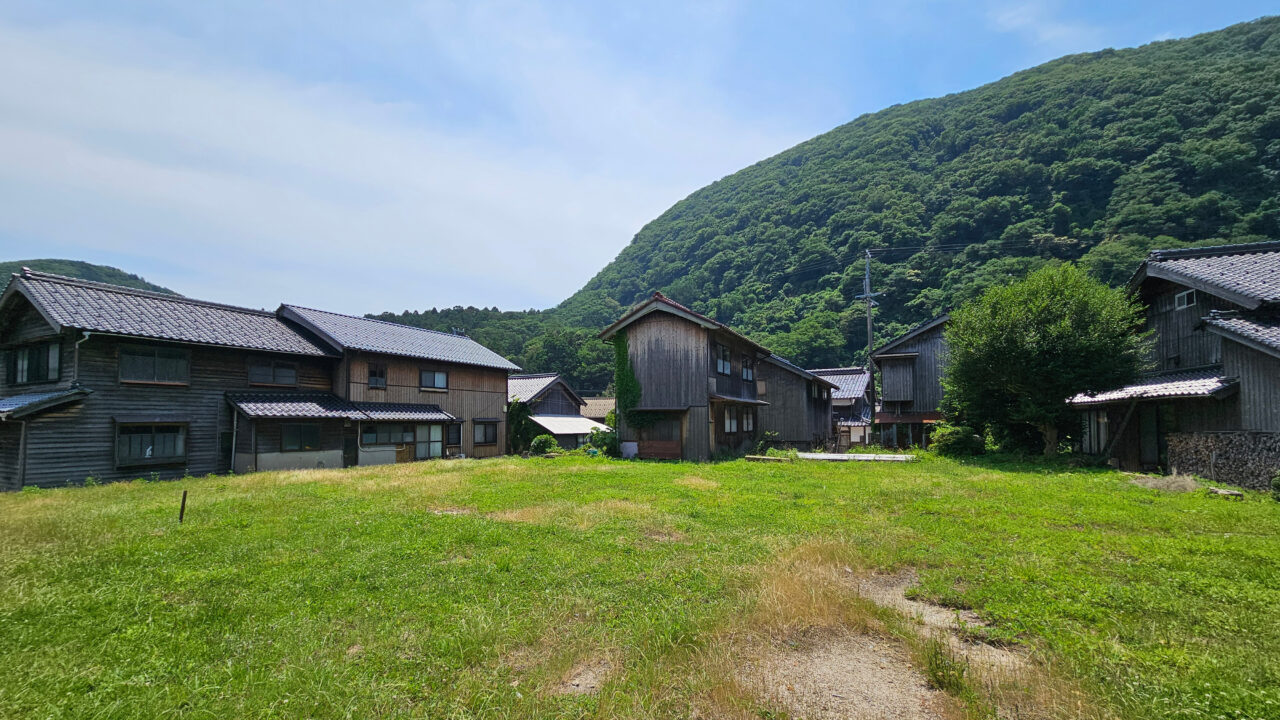
乗原(のんばら)は、かつて絹織物の生産で栄えた京都府北部・京丹後市にある小さな集落です。日本海と衣笠山に挟まれた小高い台地に、約20軒の家が点在しています。美しい風景と、豊かな歴史・文化・産業の背景を持ちながらも、この地域では深刻な過疎化が進んでいます。地域が守り伝えてきた価値とは何でしょうか? 将来に向けて、どのような展望があるのでしょうか? そして、それを持続可能なものとするには、どのような関わりが必要なのでしょうか?——これらの問いは、地域に残る住民と、新たに移り住んだ人たちが協力してまちを再生していくための出発点です。
今回の4日間のフィールドトリップは、GCDPの1年生にとって、これまでの学びを実践する機会となりました。学生たちは、過去一年間を通して身につけてきたリサーチ手法や協働のツールを、実際の地域で試す場として京都・京丹後を訪れました。地域の基本的な状況を理解するため、地場産業の施設やコミュニティハブを訪問したのち、学生たちは指導教員であるGergely Péter Barna特任准教授とともに自律的に問題領域を特定し、自身で定義した問いに従ってリサーチを行い、乗原の将来の協働型デザインリサーチプロジェクトの基礎となるドキュメンテーションを作成することが求められました。このフィールドトリップでは、あらかじめ使用する手法や方法が決められていたわけではありません。学生たちは、実証的かつ分析的に物事を捉える力が求められる中、現地での体験や地域の方々との対話を通じて、自ら観察の視点を定め、それぞれのリサーチおよび制作を進めていきました。
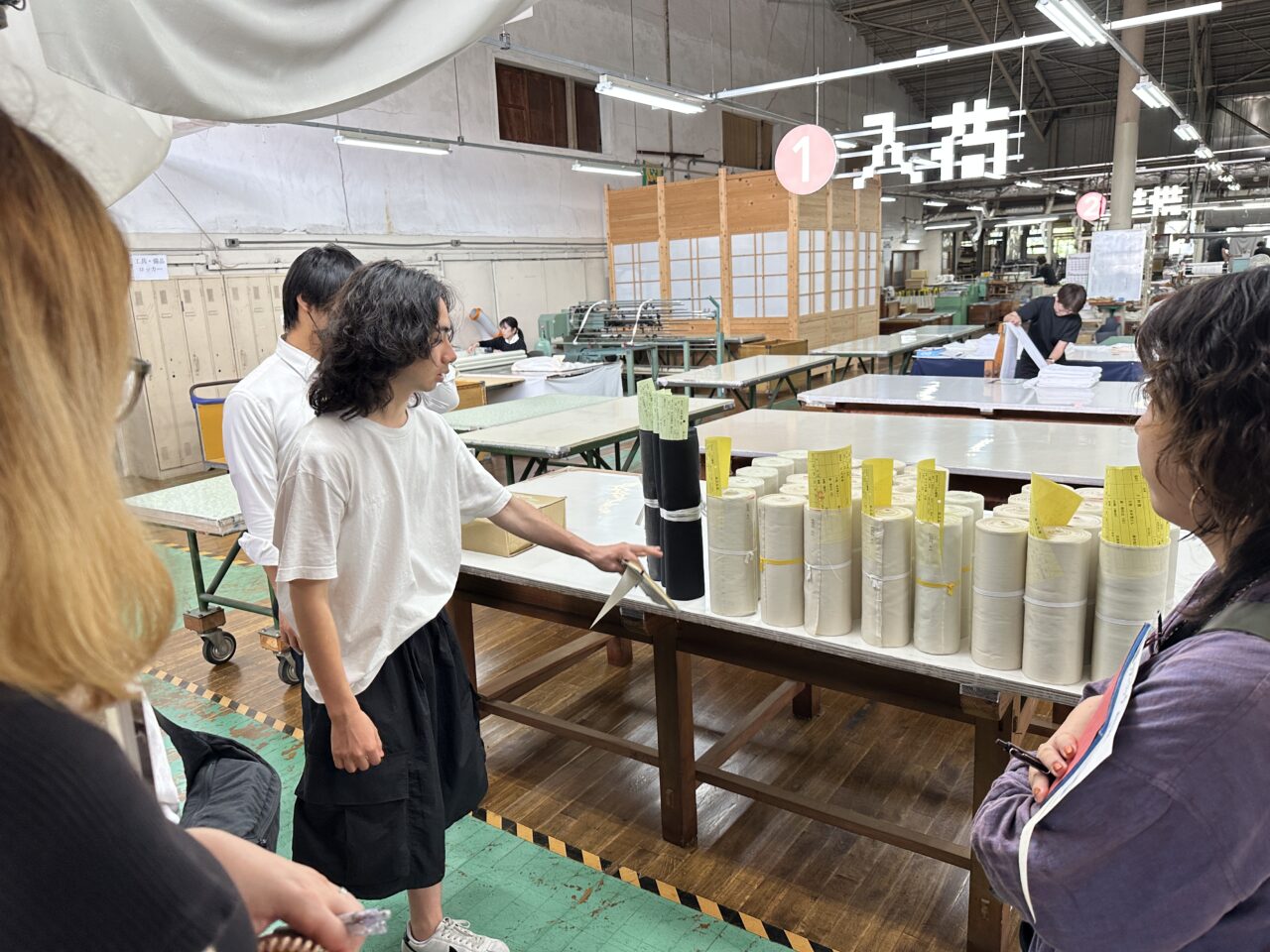 |
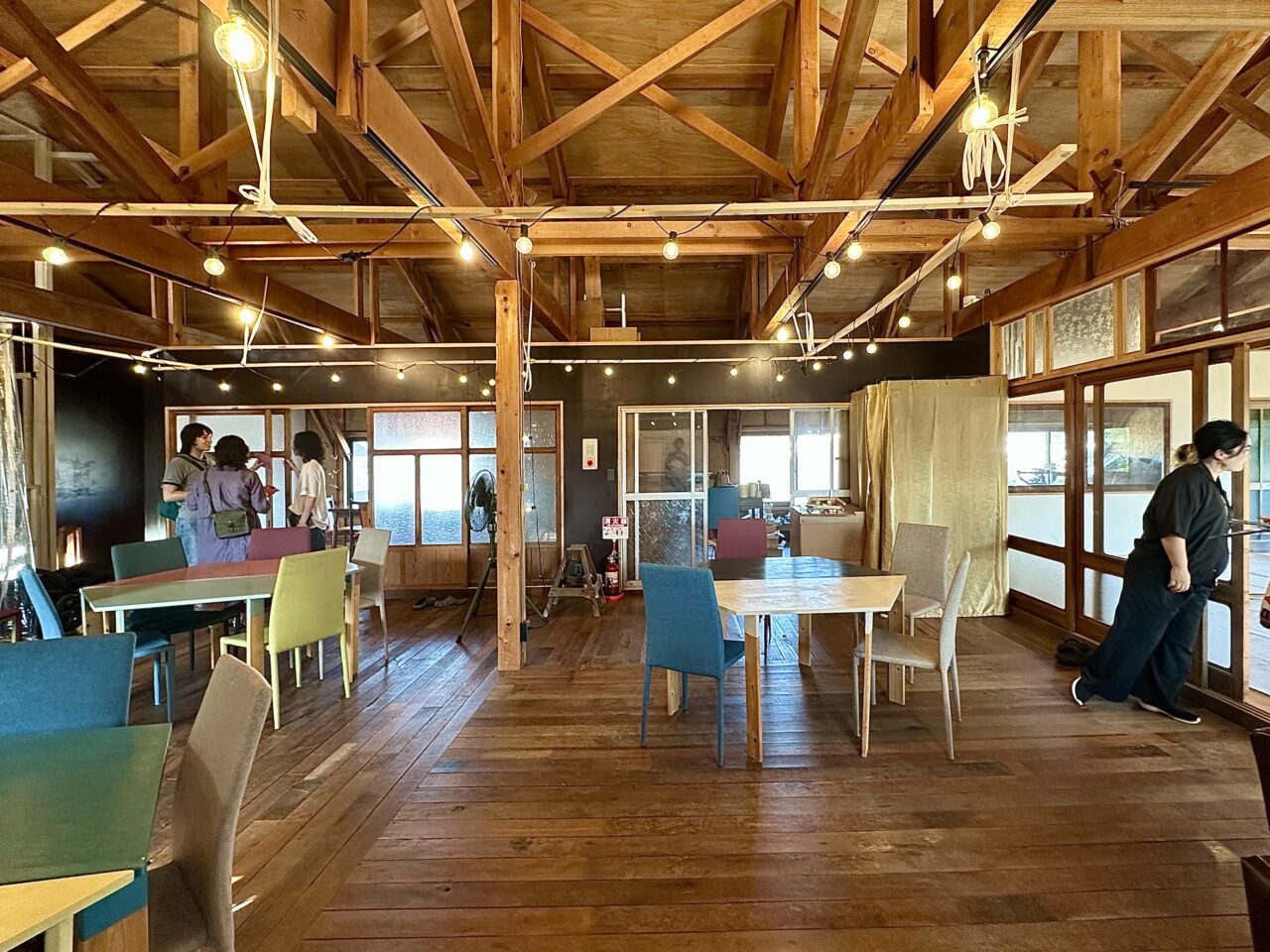 |
今回のフィールドワークの成果は、京都工芸繊維大学キャンパス内の旧門衛所で展覧会として発表します。この展示では、地域の過疎、記憶、そして再生というテーマに対して、人類学的なアプローチを反映した6つのプロジェクトを紹介します。それぞれのプロジェクトは独立しながらも相互に関係性を持ち、写真コラージュやオーラルヒストリー、空間マッピング、物語のデザインなど、多様な手法を通じて、移り変わる土地と関わることの意味を探究しています。
これらの作品は、旧門衛所プロジェクトという現在進行中の文脈の中で展開されており、この場所特有の空気感や対話に呼応するかたちで展示されます。かつて警備員の詰所だった旧門衛所は、いまでは展示・リサーチ・修復といった実践の境界を曖昧にする、学生たちの介入のためのプラットフォームとして機能しています。
この展示は、客観的な解決策を提示するものではありません。「スローリノベーション」という今年のテーマに応えながら、消滅の危機にある場所に目を向け、創造的な実践がその場所の物語を未来へとどのように変えていけるのかを問いかけます。
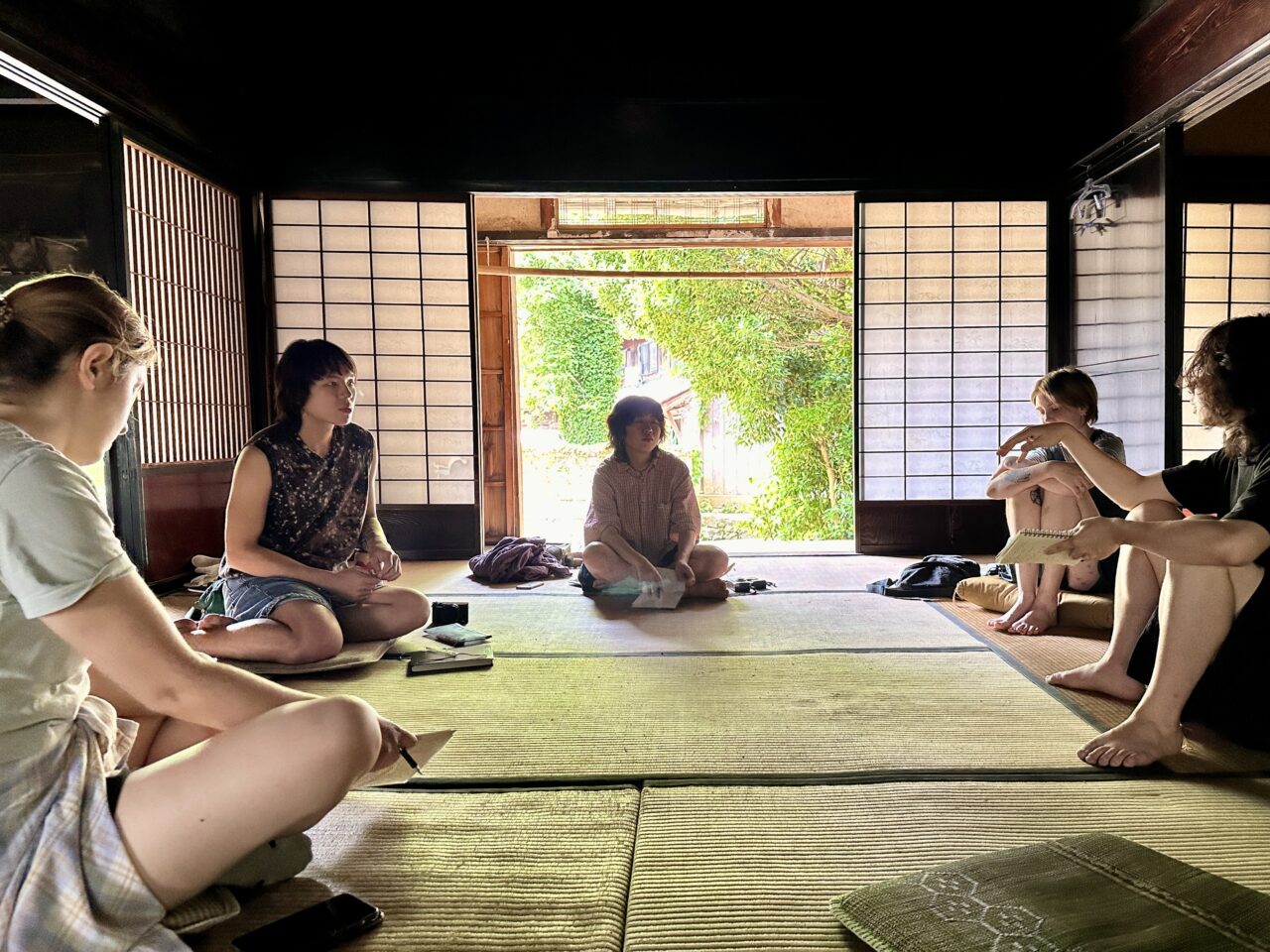 |
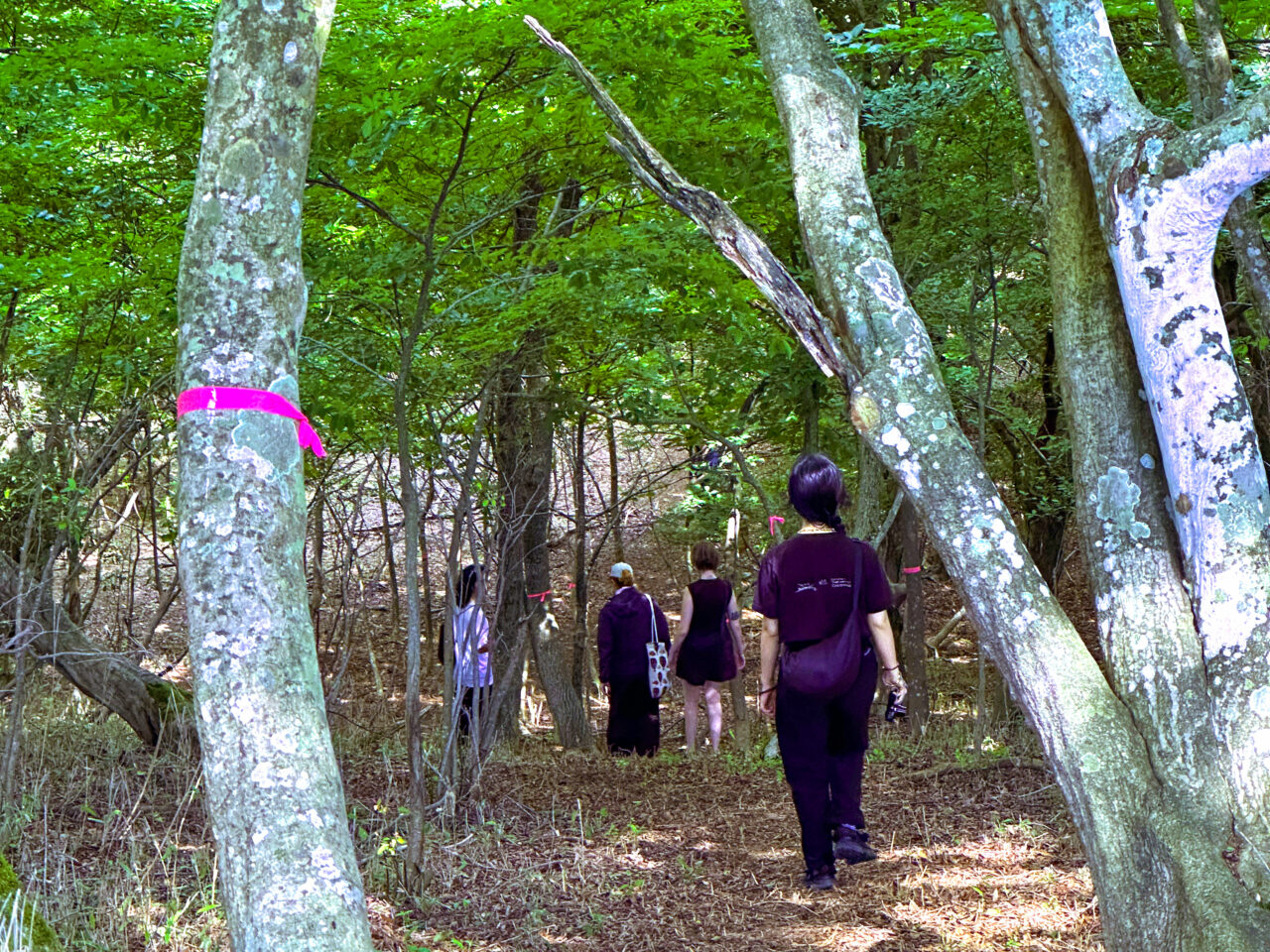 |
| Nonbara in Sections 京都工芸繊維大学×ロンドン芸術大学 GCDP学生による京丹後での文化人類学的フィールドワーク |
|
| オープニング | 2025年7月23日 (水) 16:00 – |
| 会期 | 2025年7月24日 (木) – 7月25日(金) 10:00 – 17:00 |
| 会場 | 京都工芸繊維大学 旧門衛所 Google map |
| 入場 | 無料 |
Gergely Péter Barna[特任准教授]
参加学生:
Akiko Sakamoto / Ebranur Köksal / Ku Yoshitomi / Lucas Ng / Miu Onoda / Valeriya Voronkina
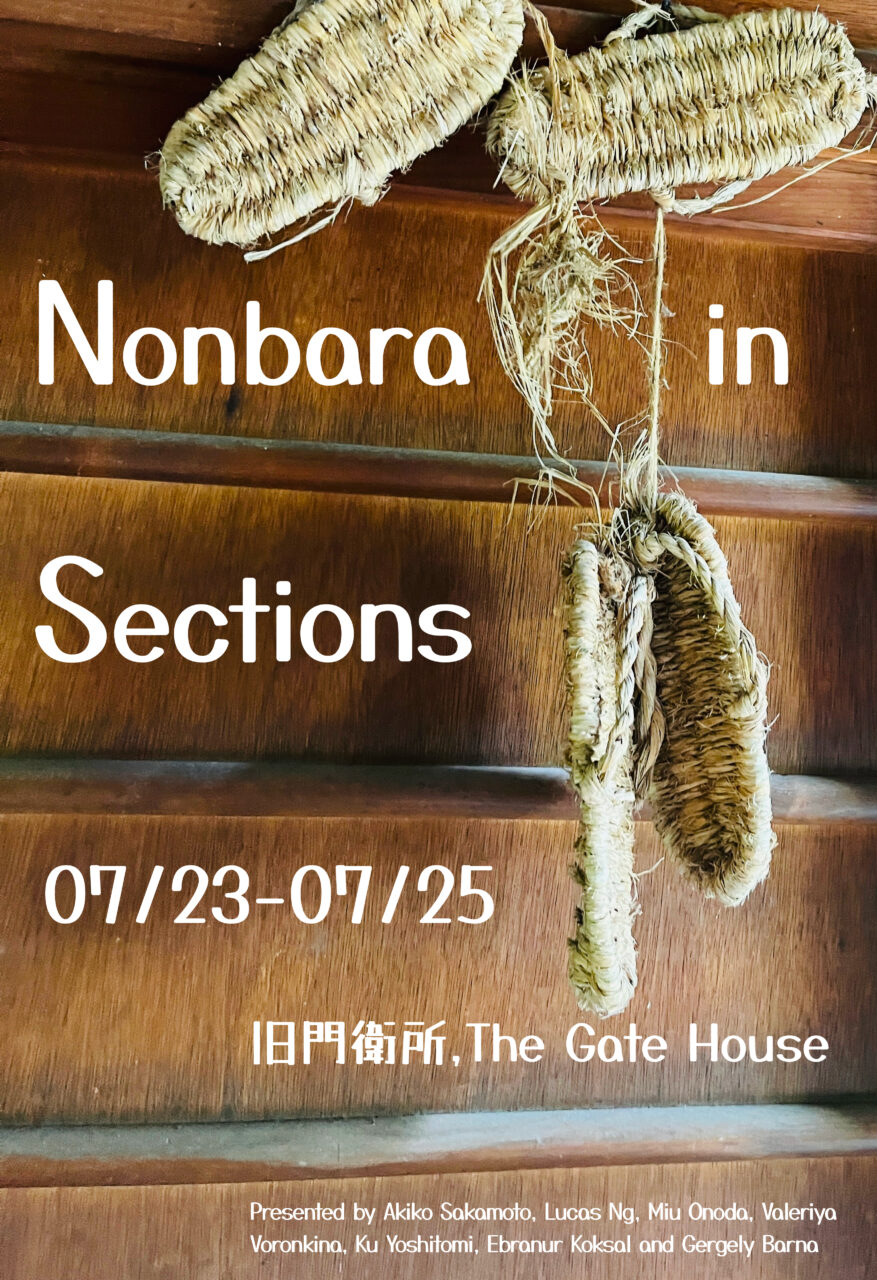
An exhibition showcasing the outcomes of a fieldwork project conducted by students of the Global Collaborative Design Practice (GCDP) master’s double-degree program, jointly offered by Kyoto Institute of Technology (KIT) and University of the Arts London (UAL), will be held at the former guard station on the KIT campus.
The exhibition features five projects set in the small rural community of Nonbara in Kyotango, Kyoto Prefecture, each exploring the relationship between people and place.

Nonbara is a small settlement located in Kyotango, a northern region of Kyoto Prefecture famous for its once thriving silk production. Despite the picturesque landscape and the rich historical, cultural and industrial background, the approximately twenty houses on a small plateau between the Sea of Japan and Mount Ichigao are facing severe depopulation. What are the values they have preserved for us? What perspectives are there for their future development? What interaction is needed to sustain these? These are the questions to be investigated and implemented to help the recreation of the community, both by the remaining inhabitants and those who have recently moved into the once-empty houses.
Throughout the year, first-year GCDP students have been studying design research methods and collaborative tools. This 4-day field trip was intended to serve as a practical application of these skills through an intensive immersion in a real-life setting. After visits to representative industry and community hubs for getting a basic understanding of the regional context, students were expected to autonomously identify problem spaces, observe these according to their self-defined criteria, and produce documentation that can serve as a foundation for a future collaborative design research project. No specific method or methodology was provided in advance; instead, the emphasis was placed on the clarity and focus of the empirical and analytical on-site observation, and the interaction with the local residents.
 |
 |
The results of the explorations will be exhibited at the Gatehouse on KIT’s campus. It presents six distinct yet interconnected projects that reflect an ethnographic approach to the themes of rural depopulation, memory and revitalization. Through self-directed methods ranging from photographic collage and oral history to spatial mapping and narrative design, the students investigate what it means to document, interpret, and interact with a place in transition.
Installed within the evolving context of the Gatehouse Project, these works participate in an ongoing, site-specific dialogue. Once a guard post, the Gatehouse now serves as a platform for student interventions that blur the line between exhibition, research and repair. Instead of offering objective solutions, this exhibition responds to this year’s theme of “Slow Renovation” by inviting close looks at a place facing disappearance, and how creative practice may transform its story moving forward.
 |
 |
| Nonbara in Sections Ethnographic Fieldwork in Kyotango by GCDP Master’s Students of UAL & KIT |
|
| Opening | July 23rd (Wed), 2025 4:00 PM – |
| Period | July 24 (Thu) – 25 (Fri), 2025 10:00 AM – 5:00 PM (Please feel free to enter at any time, even if no staff are present.) |
| Venue | The Gate House at the Matsugasaki Campus, Kyoto Institute of Technology Google map |
| Admission | Free |
Gergely Péter Barna[Project Associate Professor]
Participants:
Akiko Sakamoto / Ebranur Köksal / Ku Yoshitomi / Lucas Ng / Miu Onoda / Valeriya Voronkina
